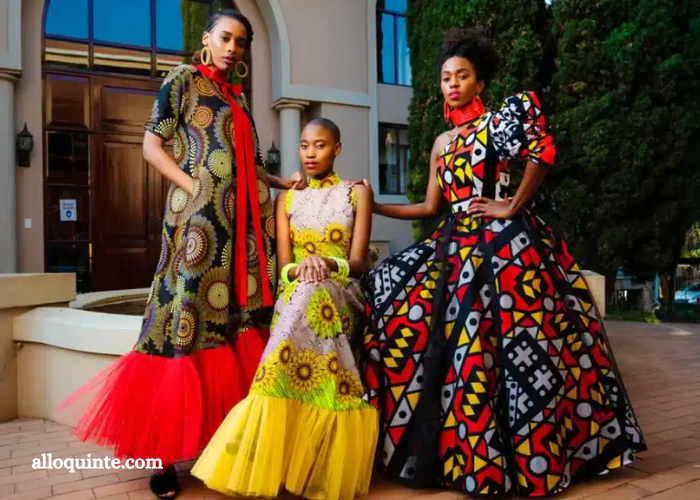
Fashion is a mirror reflecting the ever-changing societal norms, cultural influences, technological advancements, and individual expressions. From the intricate garments of ancient civilizations to the fast-paced world of haute couture today, the evolution of fashion is a captivating journey through time. In this article, we delve into the past, examine the present, and speculate on future trends, exploring how fashion has evolved and continues to shape our world.
The Past: A Glimpse into History
Fashion has always been intertwined with human history, serving as a means of cultural expression, social status, and identity. In ancient civilizations such as Egypt, Mesopotamia, and China, clothing was not only a practical necessity but also a symbol of wealth and power. Elaborate garments adorned with precious jewels and intricate embroidery showcased the wearer’s status and societal standing.
The Middle Ages witnessed the rise of European fashion, with elaborate dresses, doublets, and codpieces dominating the scene. Sumptuary laws regulated what each social class could wear, further emphasizing the significance of clothing as a marker of status.
The Renaissance era brought a revival of art, culture, and fashion, with sumptuous fabrics, ornate embellishments, and extravagant silhouettes defining the style of the aristocracy. The Industrial Revolution of the 18th and 19th centuries marked a significant shift in fashion, as mass production made clothing more accessible to the masses.
The Present: Trends and Influences
In the 20th and 21st centuries, fashion underwent rapid transformations, driven by technological advancements, globalization, and changing societal values. The early 1900s saw the emergence of couturiers such as Coco Chanel and Christian Dior, who revolutionized the industry with their innovative designs and liberated approach to women’s clothing.
The mid-20th century witnessed the rise of ready-to-wear fashion, as designers began catering to a broader audience with more affordable and accessible clothing lines. The 1960s brought the youthquake movement, with icons like Twiggy and the Beatles influencing fashion with their bold, avant-garde styles.
The latter half of the 20th century saw a fusion of diverse cultural influences, with designers drawing inspiration from global traditions and subcultures. The punk movement of the 1970s, the hip-hop fashion of the 1980s, and the grunge aesthetic of the 1990s all left an indelible mark on fashion, challenging conventional norms and redefining style.
Today, the fashion landscape is more diverse and inclusive than ever before, with designers celebrating individuality, sustainability, and social responsibility. The rise of fast fashion and e-commerce has democratized the industry, allowing consumers to access the latest trends with a click of a button.
Future Trends: A Glimpse into What Lies Ahead
As we look to the future, several trends are poised to shape the next evolution of fashion. Sustainability and ethical practices will continue to gain prominence, with consumers demanding transparency and accountability from brands. From eco-friendly materials to zero-waste production techniques, fashion will increasingly prioritize environmental conservation and social responsibility.
Technology will also play a pivotal role in shaping the future of fashion, with innovations such as 3D printing, augmented reality, and wearable tech redefining the way we design, produce, and consume clothing. Customization and personalization will become the norm, as consumers seek unique and individualized experiences in a saturated market.
Furthermore, the concept of gender-neutral fashion will continue to gain traction, as society moves towards greater acceptance and fluidity in terms of identity and expression. Designers will challenge traditional notions of masculinity and femininity, creating clothing that transcends gender binaries and celebrates diversity.
In conclusion, the evolution of fashion is a reflection of the ever-changing world we live in. From its humble beginnings in ancient civilizations to the global phenomenon it is today, fashion has continuously evolved, adapting to societal shifts, technological advancements, and cultural influences. As we embark on the journey ahead, one thing is certain: fashion will continue to inspire, innovate, and captivate us for generations to come.